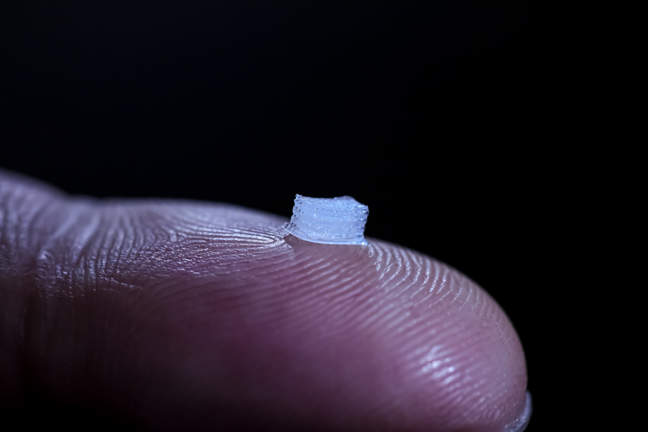
3D printing is a manufacturing process that involves the creation of a 3D object from a digital design.
It has allowed more efficient and cost-effective production of intricate and sophisticated designs and has made great technological advances, including in healthcare.
The use of 3D printing has already revolutionised the prosthetics industry and has begun its transition into other therapy areas with the introduction of bio-printing – the ability to print live tissues and organs using an array of bio inks.
How to print a spinal cord
The University of Minnesota McAlpine research group specialises in the 3D printing of functional materials and devices and has a particular interest in developing biomedical devices and bionic organs.
One of its most recent projects has led to the creation of a 3D-printed neuronal spinal cord scaffold.
It bioengineered the spinal cord using an array of bio inks and induced pluripotent stem cells as well as spinal neuronal progenitor cells and oligodendrocyte progenitor cells.
How well do you really know your competitors?
Access the most comprehensive Company Profiles on the market, powered by GlobalData. Save hours of research. Gain competitive edge.

Thank you!
Your download email will arrive shortly
Not ready to buy yet? Download a free sample
We are confident about the unique quality of our Company Profiles. However, we want you to make the most beneficial decision for your business, so we offer a free sample that you can download by submitting the below form
By GlobalDataThese selected cells and materials were printed using novel 3D printing techniques specifically inside a 3D-printed silicone scaffold, resulting in the formation of a multicellular complex encased in a silicone guide.
The cells were then cultured accordingly, and after one week the majority of cells had fully developed into neurons with axons extending down the scaffold.
Future hopes and challenges
It is hoped that eventually the 3D bio-printed spinal cord scaffold can be implanted into a human spinal cord and guide the growth of neurons to rebuild damaged neural connections.
However, there is still a long way to go before this sort of technology becomes an established therapy.
The next challenges the McAlpine research group faces is keeping all of the cells alive during the printing process as well as integrating the technology in vivo so that it can be applied to a living organism.
According to WHO estimates, between 250,000 and 500,000 people suffer a spinal cord injury annually, most of these experiencing chronic pain or paralysis.
If 3D-printed spinal cords are successfully developed and incorporated into a living organism, it will provide hope for those who have suffered long-term spinal injuries.
For more insight and data, visit the GBI Research report store.




Related Company Profiles
McAlpine & Co.